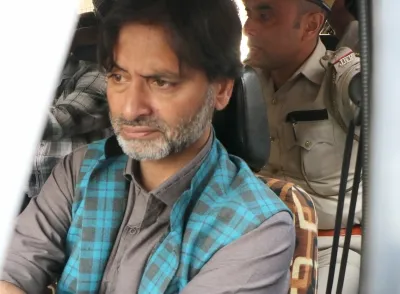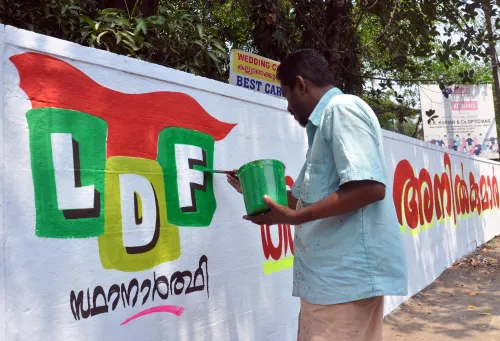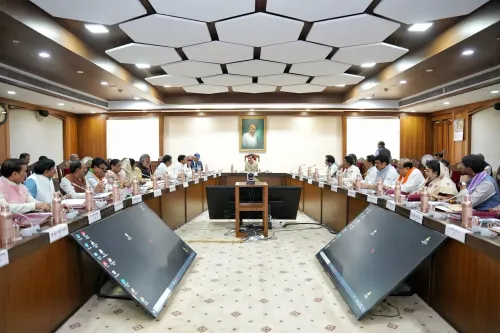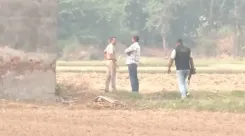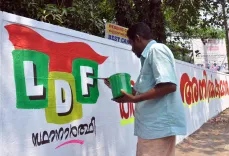How Much Financial Aid Did Gujarat Disburse in Low-Interest Loans?
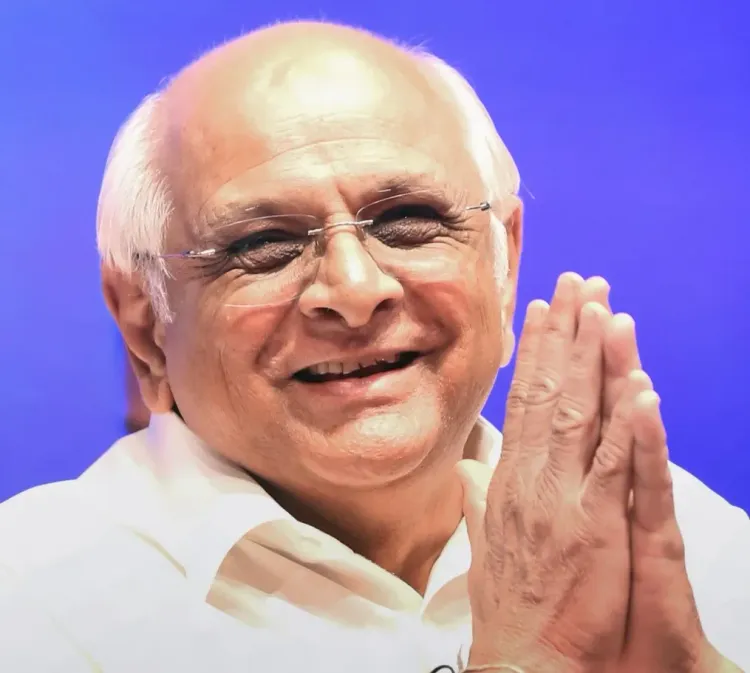
Synopsis
Key Takeaways
- Gujarat disbursed over Rs 7.32 crore in low-interest loans.
- 665 beneficiaries were selected for self-employment support.
- Initiatives aim to empower Scheduled Castes through entrepreneurship.
- Live-streamed draw ensured transparency.
- State prioritizes social equity and empowerment.
Ahmedabad, July 28 (NationPress) The Minister for Social Justice and Empowerment in Gujarat, Bhanu Babariya, recently presided over a computerized draw to identify 665 beneficiaries for various self-employment initiatives and three-wheeler support programs.
These initiatives, rolled out by the Gujarat Scheduled Caste Development Corporation, are designed to offer low-interest financial aid for small business endeavors and vehicle acquisitions, thereby fostering dignified employment and entrepreneurship.
The beneficiaries selected will collectively receive over Rs 7.32 crore in financial support, empowering them to procure essential tools, equipment, and vehicles to either launch or grow their enterprises. The draw, which was live-streamed on YouTube to maintain full transparency, aimed to identify 337 eligible individuals, but ultimately, 665 were chosen for document verification.
During the event, Minister Babariya highlighted the state's commitment to social equity and empowerment, particularly for historically marginalized groups. She emphasized that these programs provide a vital route for SC individuals to achieve self-sufficiency through micro-businesses and sustainable livelihoods.
Notable attendees included Rachit Raj, Managing Director of the SC Development Corporation, N.H. Gadhvi, Joint Secretary of the Social Justice and Empowerment Department, along with other senior officials from the SC Welfare division.
According to the 2011 Census, there are approximately 40,74,447 Scheduled Castes (SC) in Gujarat, representing about 6.74 percent of the total population of roughly 6.04 crore.
The SC demographic includes 21.10 lakh males and 19.64 lakh females, with a sex ratio of 931 females per 1,000 males within the SC community.
Among the SC groups, the Mahyavanshi caste is the largest, consisting of over 16 lakh members, followed by Chamar/Bhambi with 10.3 lakh, and Meghval/Meghewanshi with 2.2 lakh.
Moreover, district-level statistics indicate that SC households make up around 6-12 percent of rural household totals in many areas; for instance, SC households account for about 7.81 percent in Ahmedabad, 11.44 percent in Rajkot, and 10.59 percent in Porbandar districts.


